Published 14 December 2017 ● Last Updated on 11 August 2020
Covering an area of merely 720 square kilometers, Singapore is aptly nick-named The Little Red Dot. But that size belies its footprint – whether in its economic leadership within Asia, or its attraction to tourists … or the amount of waste it creates. A whopping 3.1 mn tonnes of solid waste [post recycling] were generated in the city in 2016, a number that’s rising ever year. And it creates the mammoth challenge of efficient waste disposal, in an island starved of land.
As far back as 1970s, Singapore had the foresight to invest in technology to digest the waste it created. It zeroed in on incineration as a solution, and the first waste-to-energy [WTE] plant was already up and running at Ulu Pandan in 1979. The incineration process not only reduces the mass of waste that reaches the landfill [incineration shrinks the refuse by 90%], but also avoids toxic leachates (a product of decomposition) from polluting the earth. Plus, it generates electricity. Today 4 WTE Plants in Singapore burn through more than 8,500 tonnes of solid waste daily, and provide around 2% of Singapore’s energy needs.
But what happens to the incinerated waste? Where are the ashes buried? Are they playing toxic havoc? Are they safe to handle? I had the perfect opportunity to find the answers when November came with an invite to all residents of Singapore to see Semakau landfill – for free – as Clean and Green Singapore initiative. I signed up, and here’s the journey that I’m sharing with you!
The first thing that hits you, or rather doesn‘t hit you, is the smell. Semakau’s air is as refreshing as the picture above suggests! On the day of my visit [Nov 2017], the sky was was sunny, the breeze was balmy, and my mind wasn’t sure whether I was on an educational visit to visit Singapore’s landfill or a resort tour! Semakau is full of landscapes, and bereft of people – and Singapore’s finesse in planning and execution is on full display.
In case you are wondering why you see so much water in a landfill, it is because Semakau is in fact a bund surrounded by seas, and the waste burial takes place when ash is deposited into the landlocked water cells.
What does the buried waste look like? It’s really ash, sent by the four waste-to-energy plants of Singapore. Barges brought in 2,189 tonnes of plant ash and non-incinerable waste daily to Semakau last year (i.e. 2016). The refuse is unloaded by large excavators in a lone building, as you can see below. (We did a smell check during unloading – and again, no offensive whiff for our nostrils to catch!)
Dump trucks carry the ash to the water cells – and this water is treated and tested regularly to ensure that any excess that reaches surrounding seas meets rigorous Trade Effluent Discharge Standards.
Once the water cell is filled up, it is covered with soil and then a green cover. That’s why used-up parts of Semakau landfill look idyllic: there are 13.6 hectares of mangroves, resident birds, fish farms at its coastline, and more. Indeed, as our tour bus ran on the 7km perimeter bund, we could see evidence of all of these. We even spied sea urchins under the clear waters just off the landfill shore.
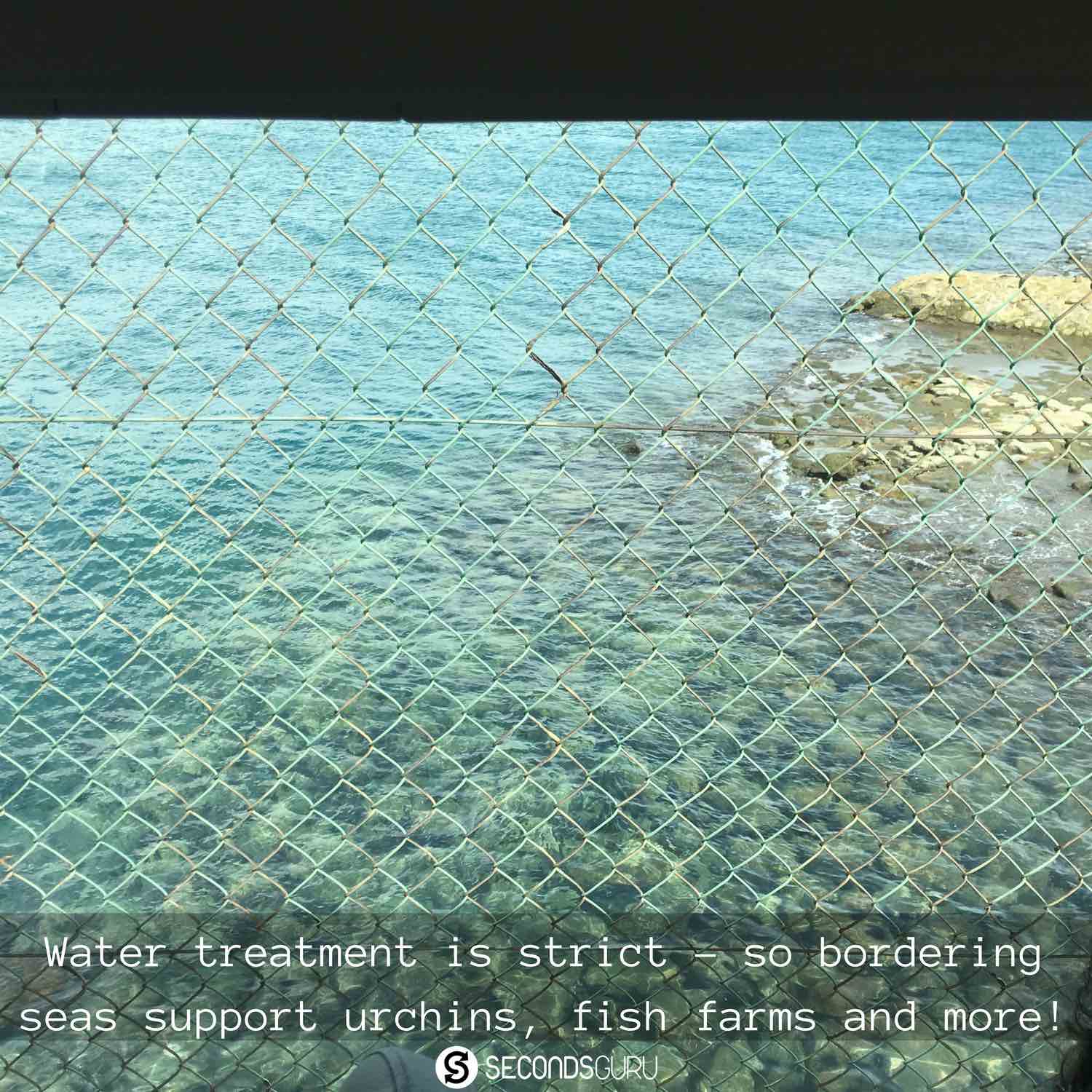
But the best west management solution is… having to manage lesser waste. Singapore is also eyeing the elusive goal of reducing the waste it generates – via better recycling, and lower waste disposal. Citizen voices in support of zero-waste are starting to get louder (though statistics do not show an encouraging low-waste picture yet).
In line with a more evolved environmental mindset, Semakau is starting to gear up as an outpost for clean energy experiments. You can spy a wind turbine there, a visible part of the REIDS project, which is homed in Semakau and is working on renewable energy solutions. You can also find crops of Jatropha – a source of biofuel that has proven itself practical when Air New Zealand tested it on a flight without engine modification.
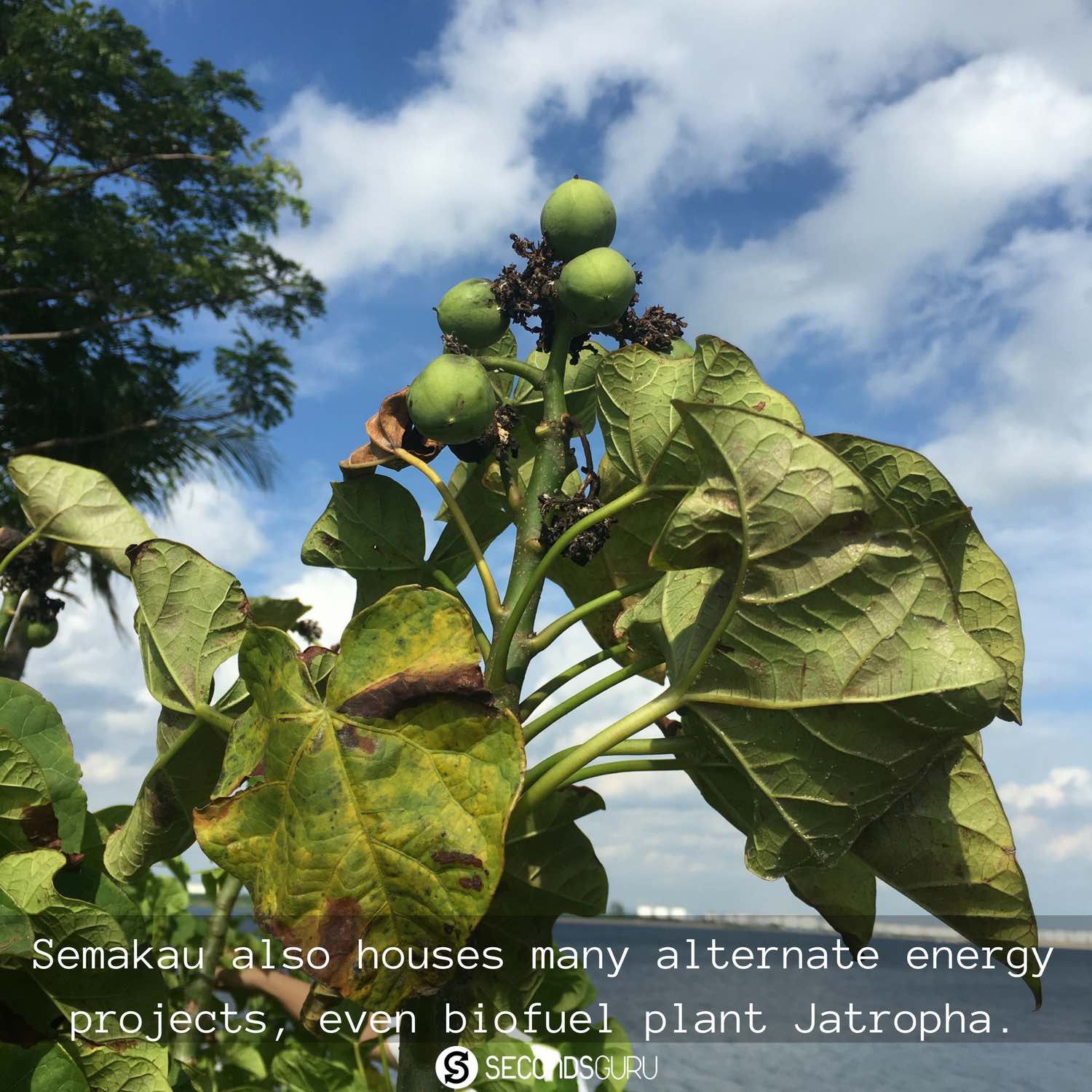
How does a world city starved for land manage its waste problem? We visited Singapore’s landfill to find out! More on Bit.ly/2ANK63E.National Environment Agency (NEA) A+B Edu Tours And Travels Pte Ltd#GreenLivingMadeEasy #sustainablesingapore #wastetoenergy #semakaulandfill
Posted by Secondsguru on Sunday, December 17, 2017
Find additional information:

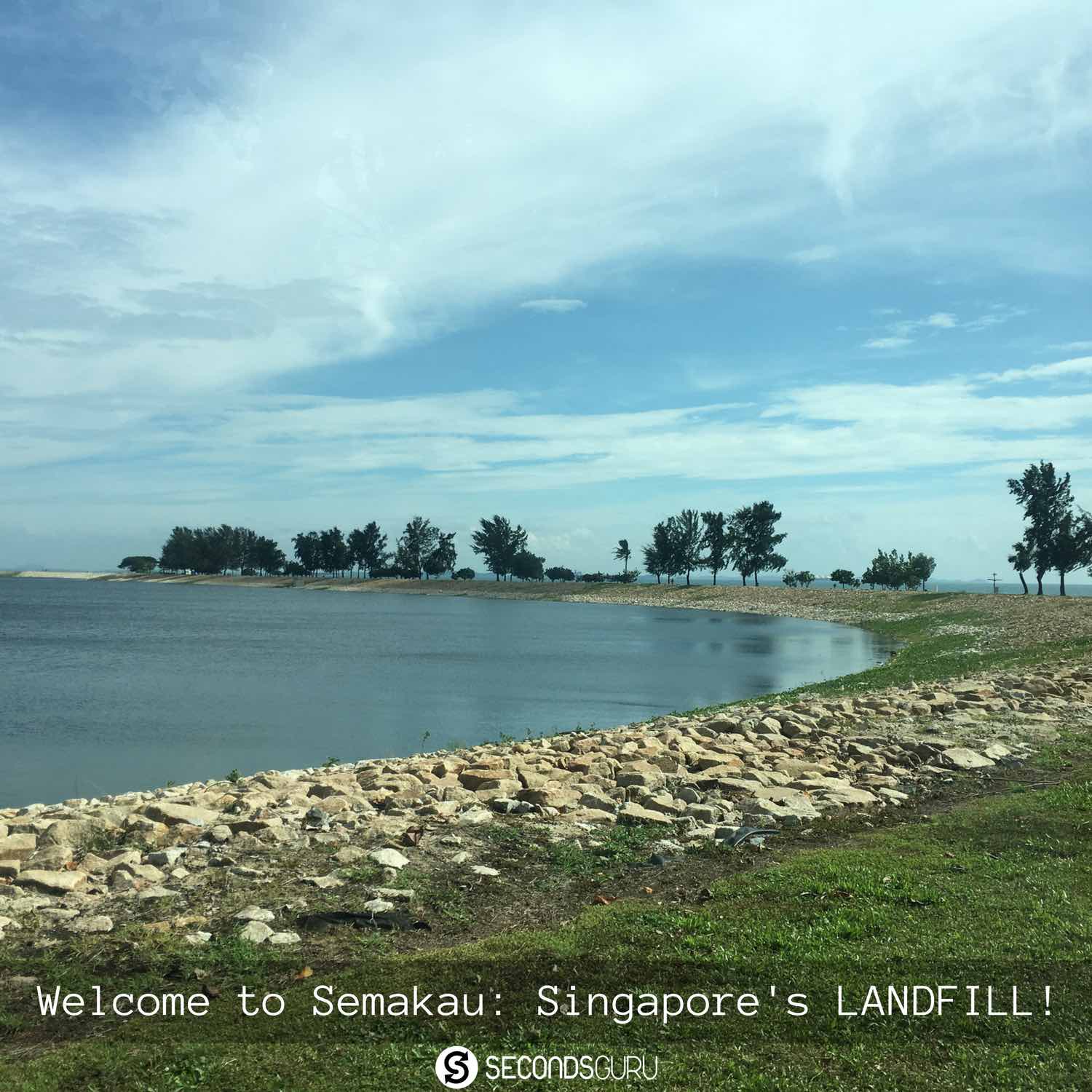
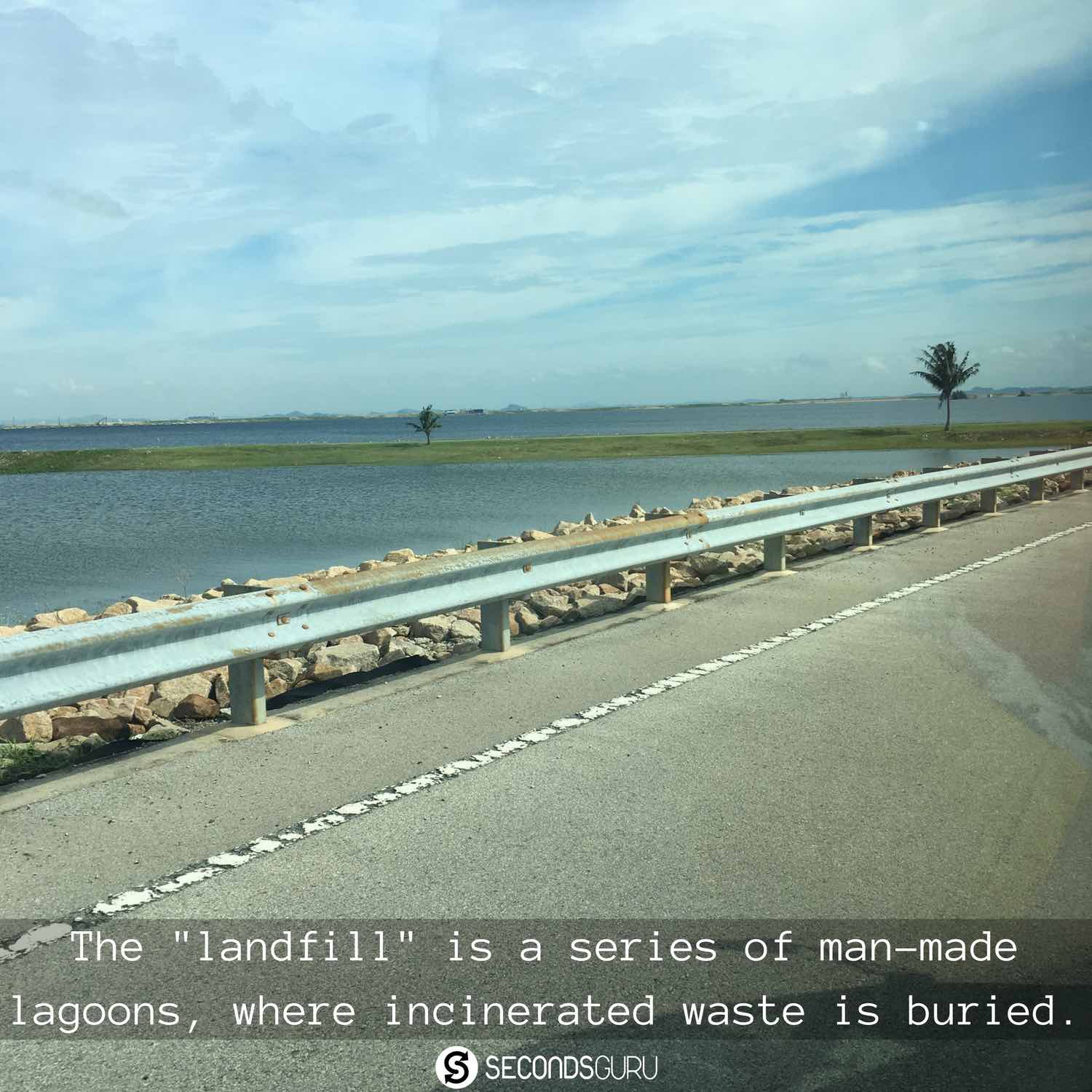
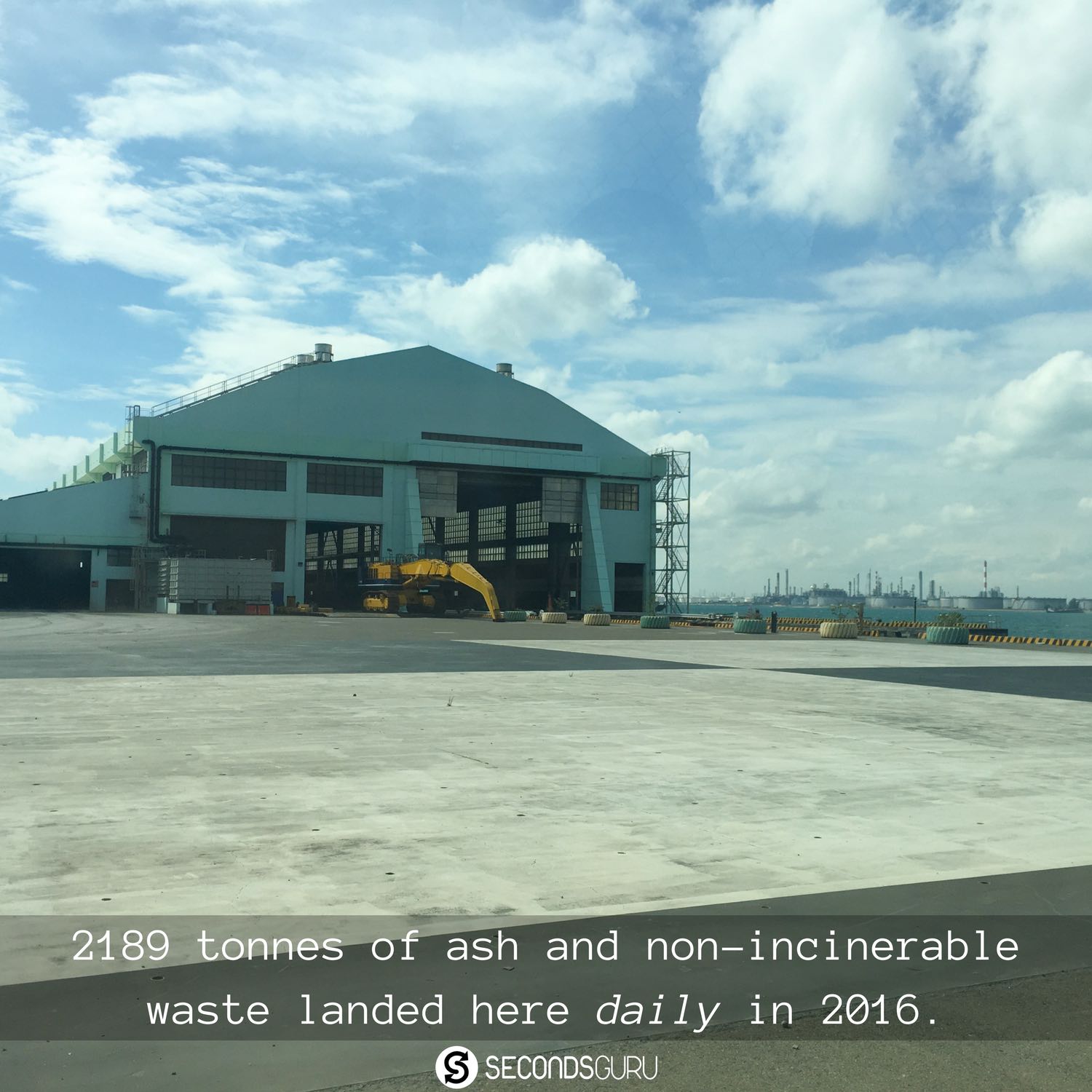
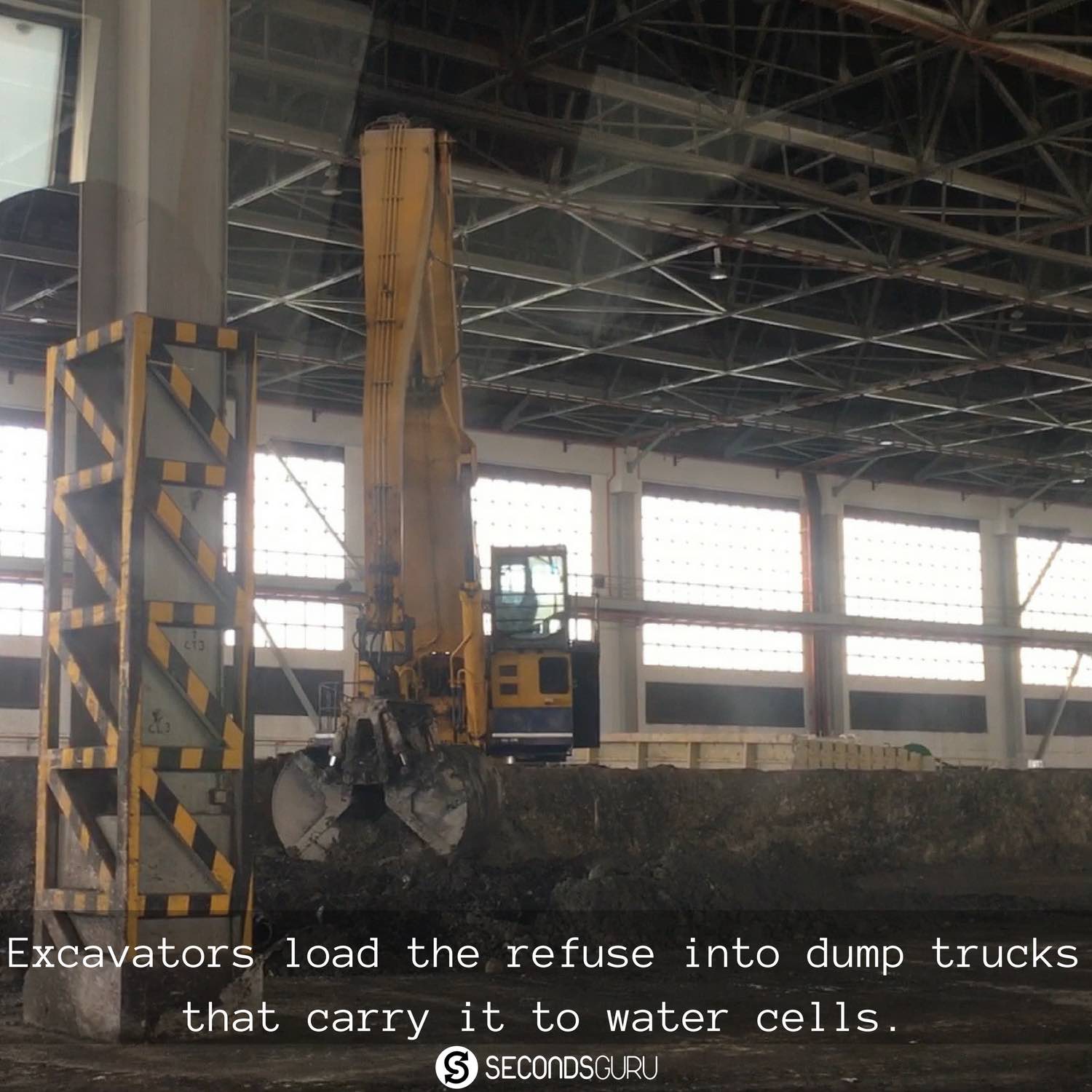
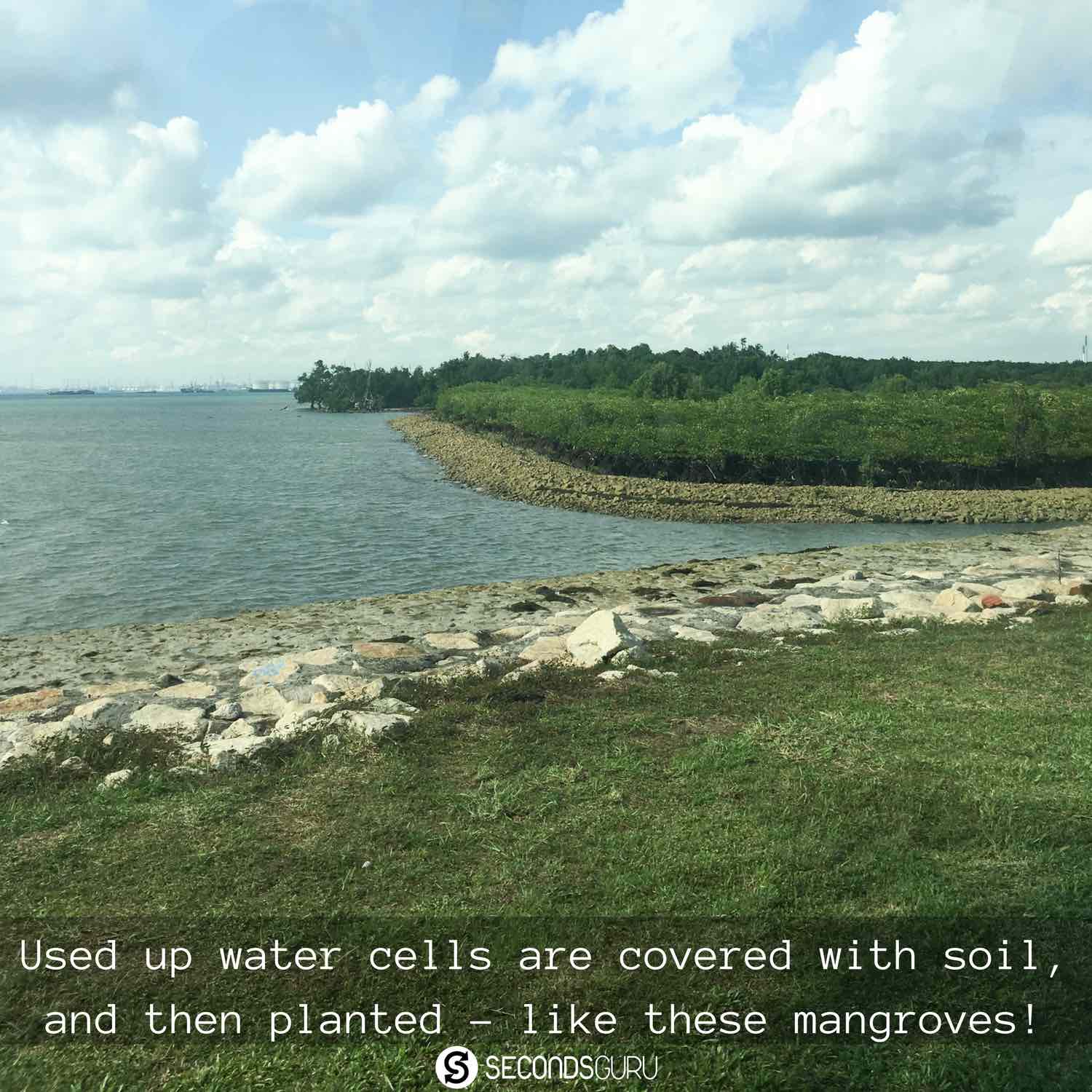
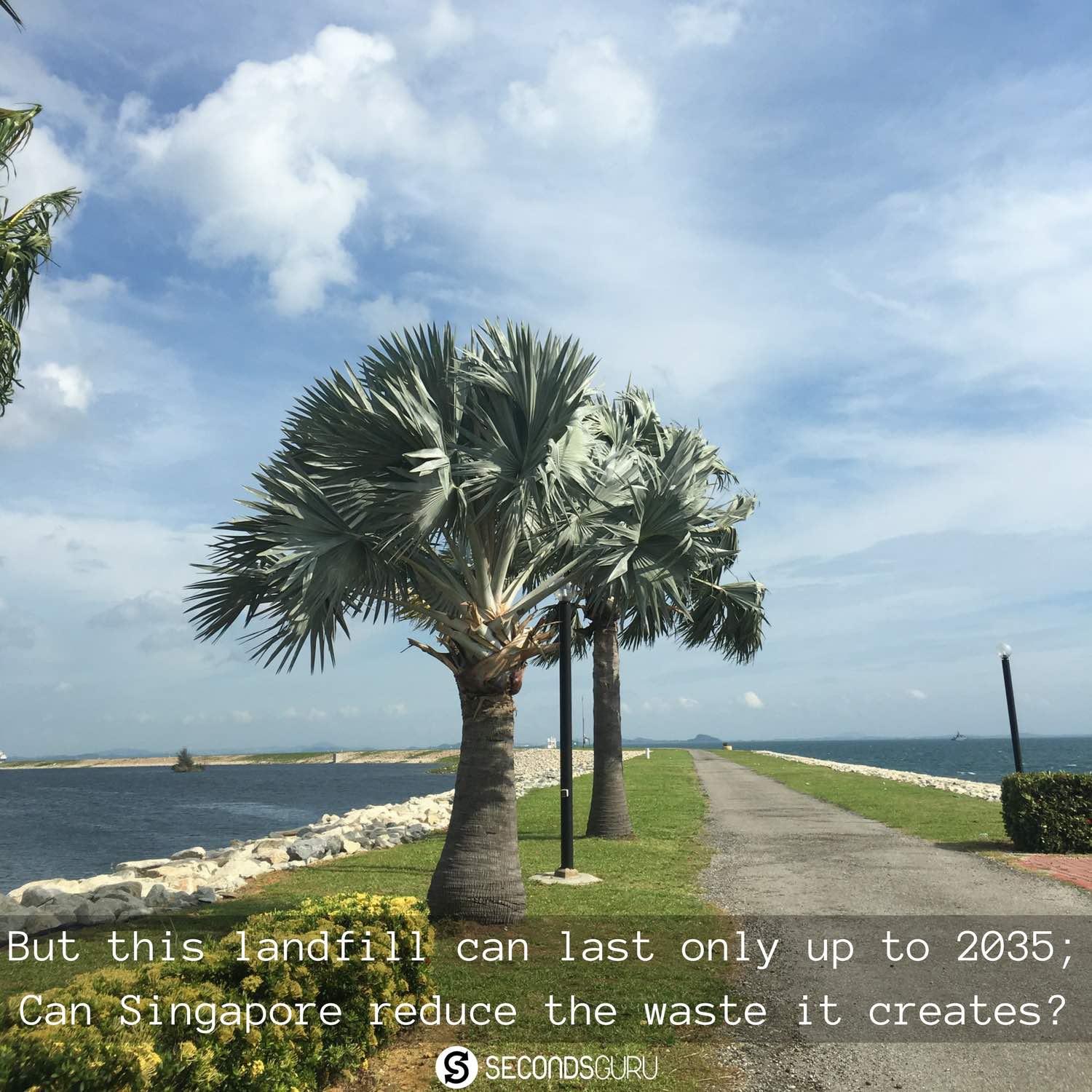
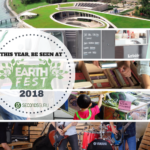

0 Comments